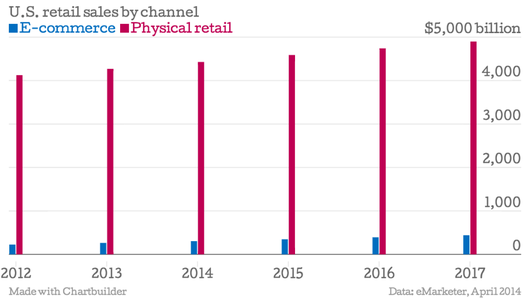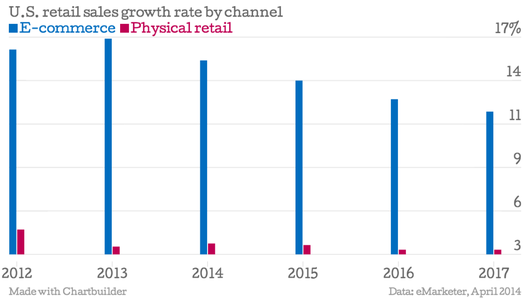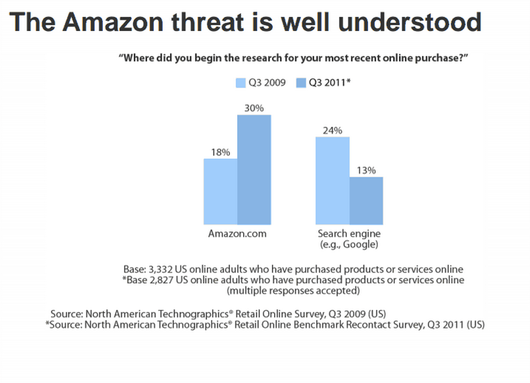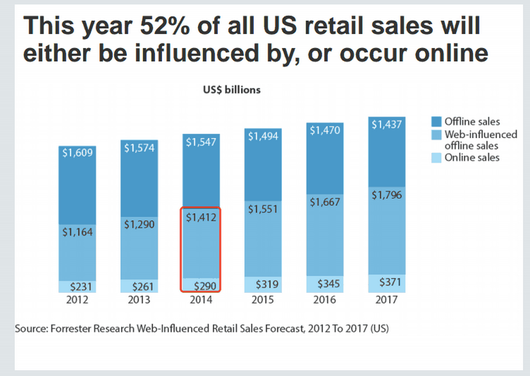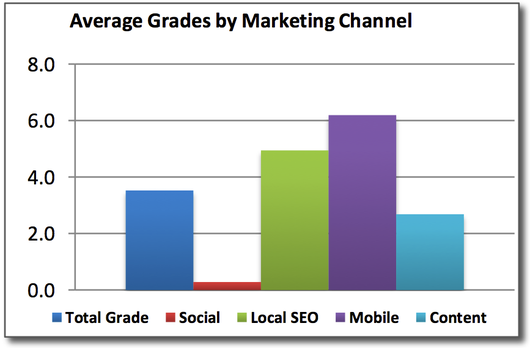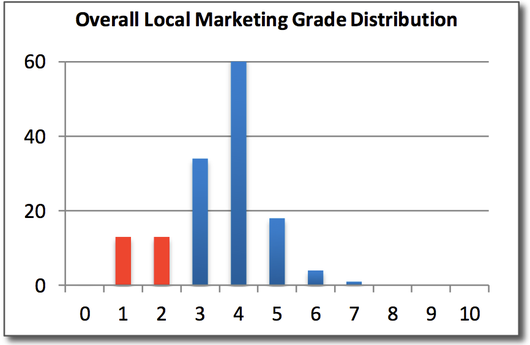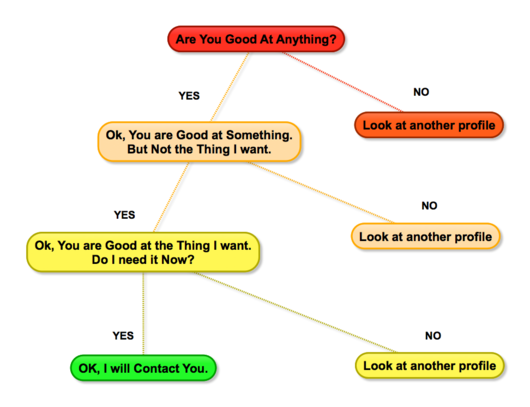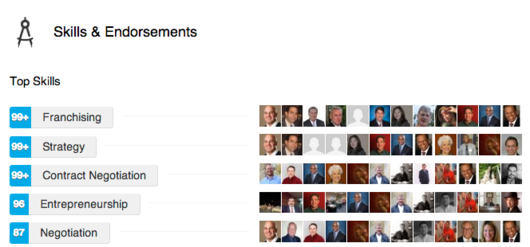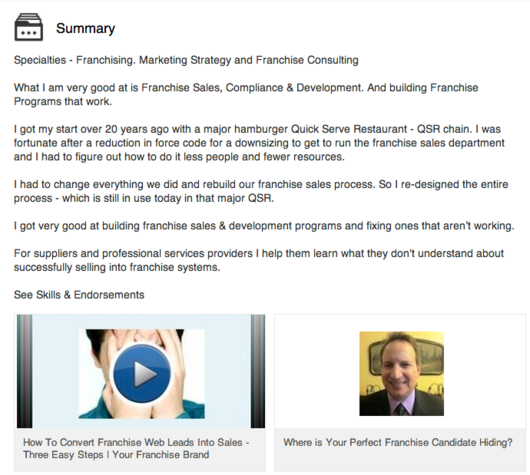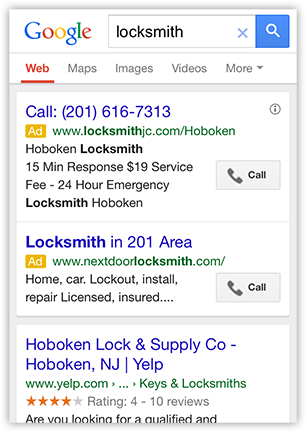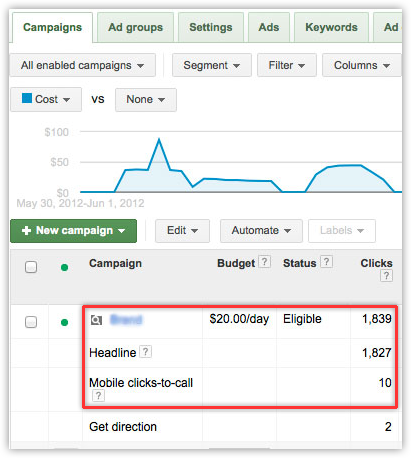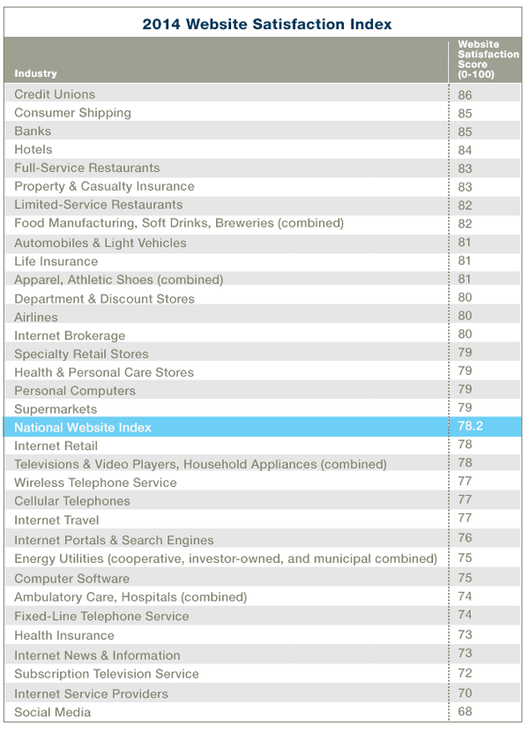Recently I met with a franchisor that is quickly growing the franchise across Canada. What I discovered about the company's social media surprised me...not because I haven't seen evidence of it before with other franchises but because I've never met a franchisor state it quite as plainly as this one did.
The franchise had a Facebook page and a Twitter profile that were relatively well-maintained.
It also had a slew of Google Plus pages, none of which were optimized or being utilized.
When I opened discussions into ways they could expand the audience of their (what I assumed to be) corporate brand pages, they said they weren't looking to grow them as representative of the entire brand because they only represented the one corporate location and not the franchise overall.
Hmmm...
Then when I asked about the lack of franchisee pages and profiles, they said that was up to the franchisees.
They didn't care what the franchisees did with their social profiles because it was "their business."
I was stumped...not that a franchisor hadn't put a plan into place to support franchisee social media growth but that a franchisor actually said it wasn't their business.
Franchisee social media not a part of the franchisor's business? To say this is short-sighted is an understatement.
What this franchisor hasn't come to understand (and what I did try to impress upon them during our meeting) is that every bit of franchise exposure, be it local, corporate, or lack-there-of, impacts the franchise overall and each local franchise.
The strength of the corporate brand presence impacts the franchisees, and the strength of each franchisee on social channels impacts every other franchisee and the corporate brand overall.
Why? Because social networking is both hyper-local and global at the same time, and online conversations are public and pervasive.
This franchisor took an entirely hands-off approach to franchisee social media marketing. While this may, at first glance, appear to be exactly what prospective franchisees may want, consider what this really means (given that you know you absolutely, positively must be on social media, of course):
-
Setting up social media pages and profiles will be up to you.
-
Designing graphics to fit properly and capture audience attention will be up to you.
-
Getting your audience to like and follow your pages will be up to you.
-
Developing and posting consistent, creative content will be up to you.
-
Paying for relevant social promotions will be up to you.
-
Providing customer service will be up to you.
-
Responding to comments and other interaction will be up to you.
-
Doing all this while you do everything else involved in running and growing your franchise will be up to you.
-
And if you don't do it, your audience may not find you and your customer base may not grow.
Now I'm not advocating that you should buy into a franchise where you have zero input regarding your social media communication...unless that is what you want.
I'm simply asking that you consider the impact of having a franchisor that leaves social media entirely up to you because "it's your business."
As a franchisee, you are buying into a franchise because it has a duplicatable, working system that you can put into place.
It's a well-oiled machine with the training and support you need in order to implement it in your local market.
Shouldn't there be a system for social media as well?
You decide. It's up to you.
For the 5 Most Fascinating Stories in Franchising, a weekly report, click here & sign up.

